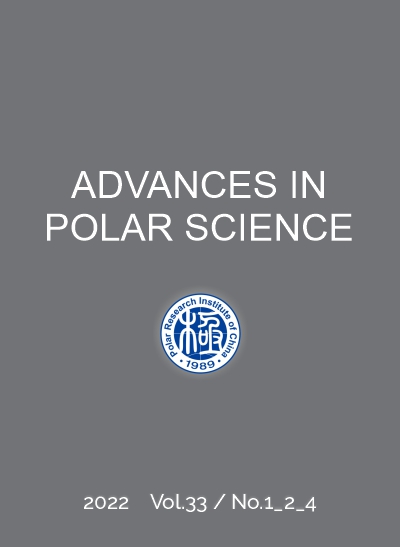Publication: Advances in Polar Science (APS). Vol. 33, No. 4, 301~312, December 2022
To download the publication please click on the download link at the bottom of the page
Author: LIU Yan, LI Chuanjin, WANG Xiaoming, DING Minghu, DU Zhiheng, SHI Guitao, SUN Bo, KANG Shichang and XIAO Cunde
DOI: 10.13679/j.advps.2022.0052
CNARC member: Polar Research Institute of China (PRIC)
Abstract: Elemental carbon (or black carbon) (EC or BC) aerosols emitted by biomass burning and fossil fuel combustion could cause notable climate forcing. Southern Hemisphere biomass burning emissions have contributed substantially to EC deposition in Antarctica. Here, we present the seasonal variation of EC determined from aerosol samples acquired at Zhongshan Station (ZSS), East Antarctica. The concentration of EC in the atmosphere varied between 0.02 and 257.81 ng·m−3 with a mean value of 44.87±48.92 ng·m−3. The concentration of EC aerosols reached its peak in winter (59.04 ng·m−3) and was lowest (27.26 ng·m−3) in summer. Back trajectory analysis showed that biomass burning in southern South America was the major source of the EC found at ZSS, although some of it was derived from southern Australia, especially during winter. The 2019–2020 Australian bush fires had some influence on EC deposition at ZSS, especially during 2019, but the contribution diminished in 2020, leaving southern South America as the dominant source of EC.
Keywords: Zhongshan Station, elemental carbon aerosols, seasonal variations


